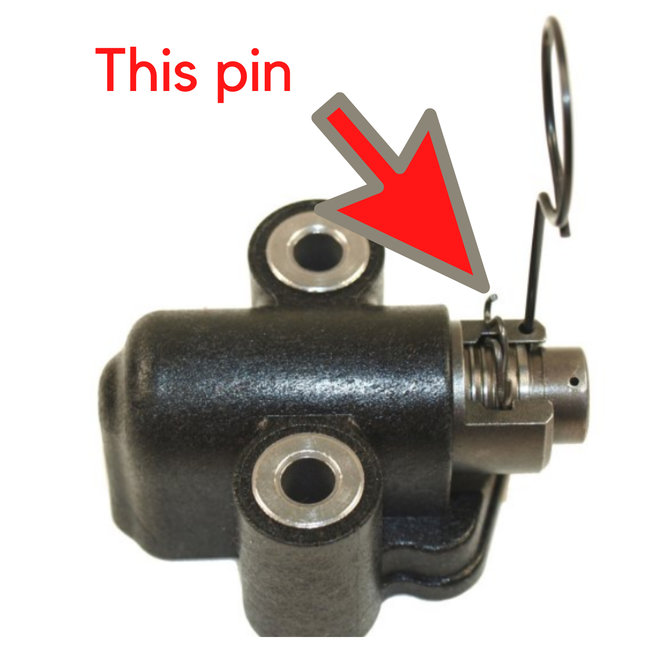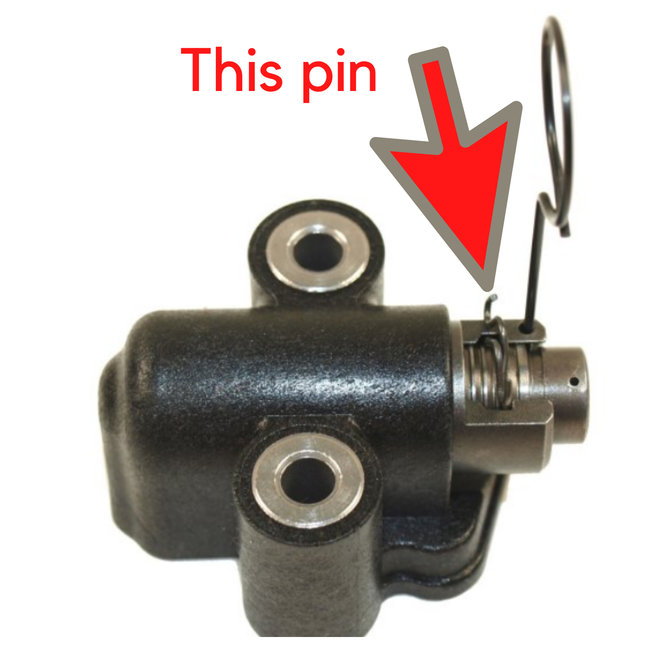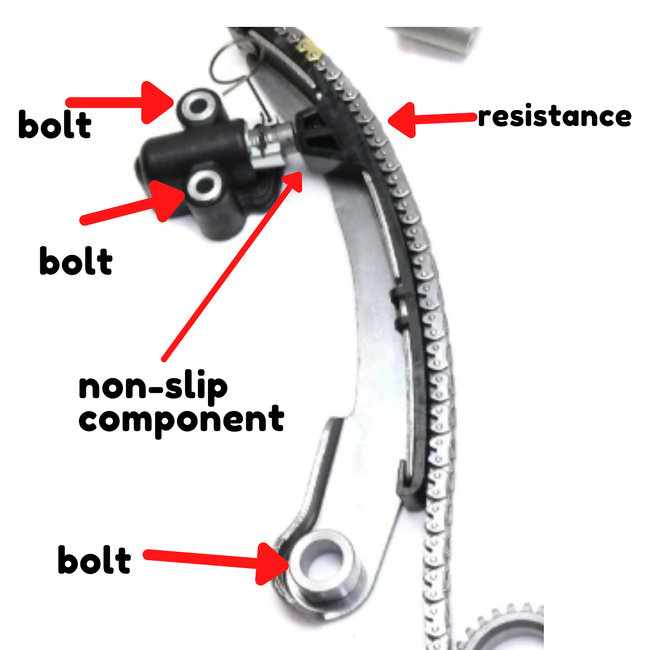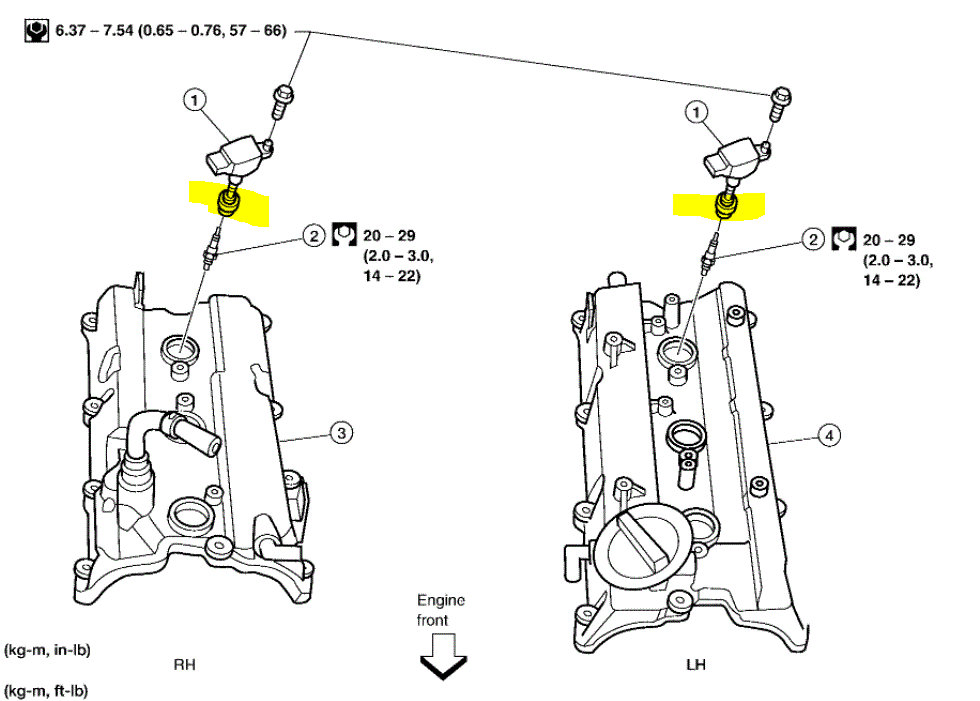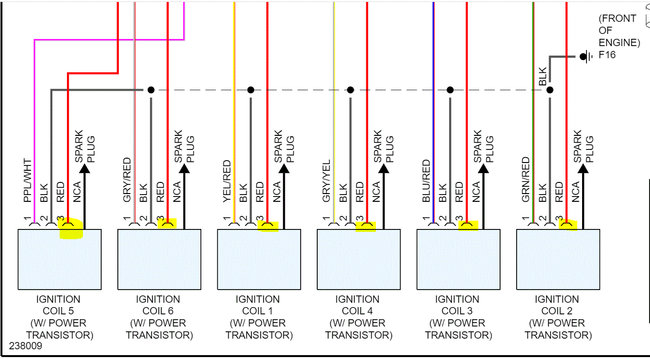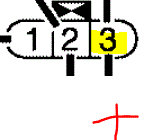Hi,
The scan tool should have a setting to show misfires per cylinder. As far as a cycle, it starts when the engine is started and stops when you turn it off. Actually, the vehicle's computer has a ceiling number that will allow it to reset, so that's why I suggest checking between starting and shutting off.
AS far as testing, I will do my best to explain. LOL
1) Disconnect the coil from the connector from the coil.
2) Next, look at pic 1 below. That is a portion of the wiring schematic to the coils. Note that each coil has a red wire, a black wire, and then one that is a different color. Red is power and should receive 12v with the key in the run position. That is our common wire.
3) Locate the red wire from the car and determine which one receives that pin at the coil.
4) We are checking the primary circuit of the coil, so set your multimeter to ohms (below see pic 2). The symbol looks like an upside-down horseshoe. LOL At that selection, we are checking how much resistance is occurring within the circuit.
5) On the ohms setting, you should have a selection based on expectations. Set it for 200 ohms. We are expecting to see approximately 1-ohm resistance, so if there is a number closer on your meter, select it. However, it needs to be above 1 ohm.
6) Place the red probe from the multimeter on the common pin. (The one that should receive power from the vehicle) and place the black terminal on one of the other two pins. I believe the common wire (red power wire) will be pin 3. Just confirm that by looking at the connector. (See pic 3 below)
7) Place the black probe from the multimeter to one of the other pins. Look at pic 4 below.
When testing, pin 3 to pin 1, you should see approximately 1-ohm resistance. Pin 3 to pin 2 should be the same. When checking between pins 2 and 3, there should be no resistance "0".
If you are right around 1 ohm between the aforementioned pins (1, 3 and 2, 3) the coil primary is good.
To check the secondary, follow this link:
https://www.2carpros.com/articles/how-to-test-an-ignition-system
Let me know if this helps or if you have other questions.
Take care,
Joe
Images (Click to make bigger)
Sunday, January 30th, 2022 AT 6:56 PM
